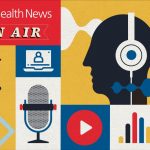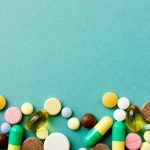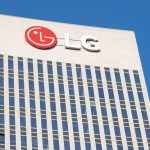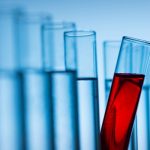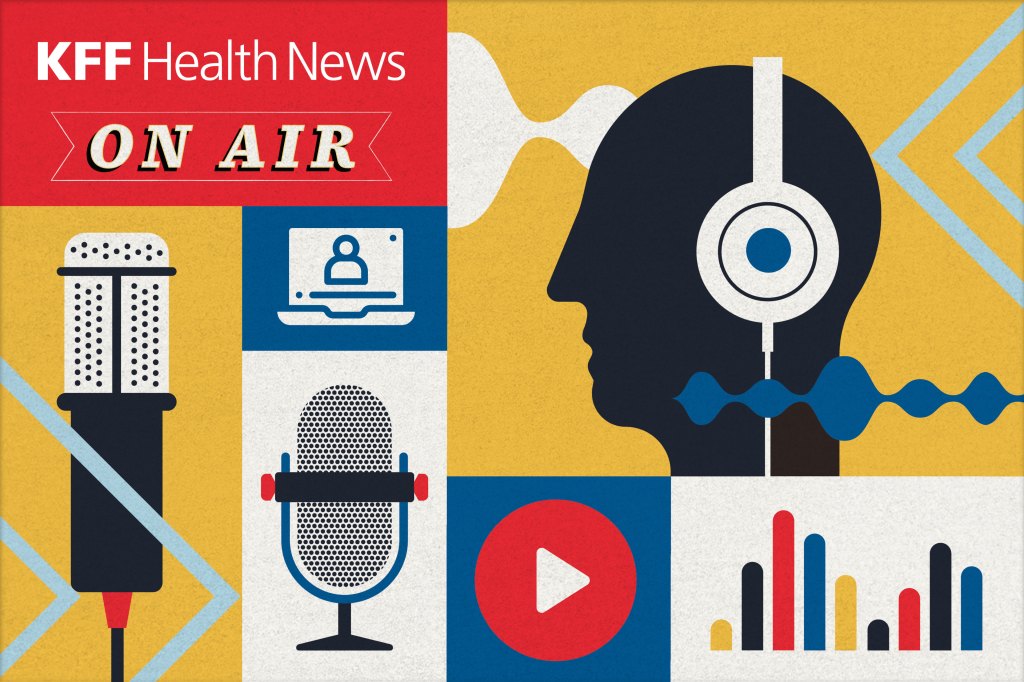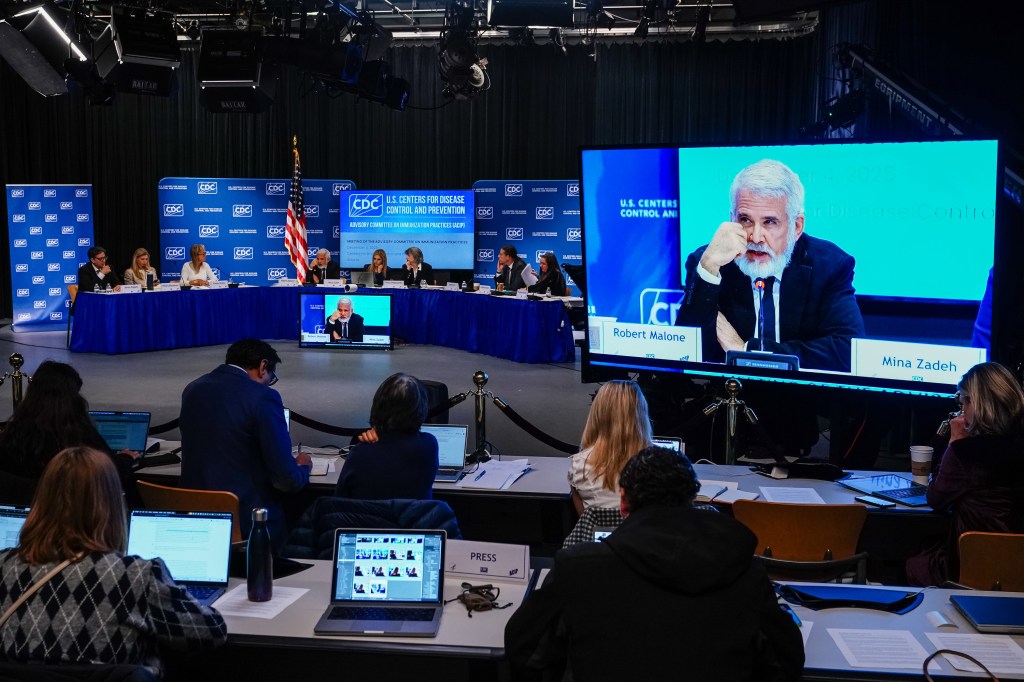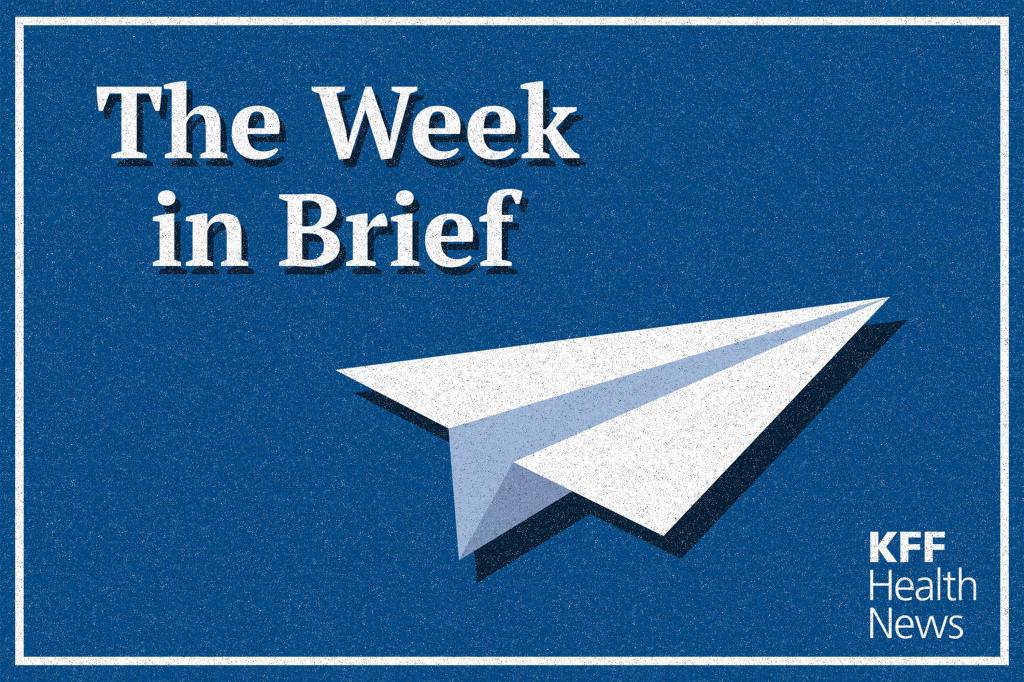Many people don’t understand why pharmaceuticals cost so much money. Don’t pharmaceutical companies make a lot of money? The answer is ‘yes’, but only if the drugs are successful. A paper by Wouters et al. (2024) found that:
Based on data for 361 of 558 new therapeutic agents approved over the study period (median follow-up 13.2 years), mean sales revenue per product was $15.2 billion through the end of 2019; the median was $6.7 billion. These products jointly generated global sales of $5.5 trillion since approval. Revenues were highly skewed, with the 25 best selling products (7%, 25 of 361) accounting for 38% of this amount ($2.1 trillion of $5.5 trillion).
Thus, it may appear that pharmaceutical companies are making excess returns. In particular, the cost to actually manufacture most drugs is not that expensive. For instance, a paper Barber et al. (2024) looked at the cost for anti-diabetes medication and found that:
…estimated cost-based prices per month were US $1.30 to $3.45 for SGLT2Is (except canagliflozin), and $0.75 to $72.49 for GLP1As,
However, these costs omit the primary the high cost of drug development. Not only is drug development expensive, but most drugs fail. A paper by DiMasi et al. (2016) finds that:
The overall probability of clinical success (i.e., the likelihood that a drug that enters clinical testing will eventually be approved) was estimated to be 11.83%.
Because failure is so common and clinical trial requirements are so rigorous, the cost of drug development is very high. DiMasi and co-authors conclude that:
The estimated average out-of-pocket cost per approved new compound is $1395 million (2013 dollars). Capitalizing out-of-pocket costs to the point of marketing approval at a real discount rate of 10.5% yields a total pre-approval cost estimate of $2558 million (2013 dollars).
What is the net impact? Are pharmaceuticals profitable? The answer is ‘yes’, but not as profitable as you may have thought. In fact, just under half of pharmaceuticals that are approved are not profitable. Wouters et al. (2024) write:
…20.5% of products (95% CI 16.2%-24.9%) recovered estimated industry-wide average costs within 5 years of approval, 45.6% (95% CI 39.9%-50.8%) within 10 years, and 56.2% (95% CI 49.7%-61.9%) within 15 years.
The results echo a previous study from Grabowski et al. (2002) which finds that
…pharmaceutical R&D is characterised by a highly skewed distribution of returns and a mean industry internal rate of return modestly in excess of the cost of capital.
In short, pharmaceutical companies do make a lot of money but they also incur a lot of cost. On net, most studies show that pharmaceutical firms’ returns on investment are not disimilar to those of other industries. Moreover, because pharmaceutical development is so risky, this modest excess return on capital does not seem unreasonable.
